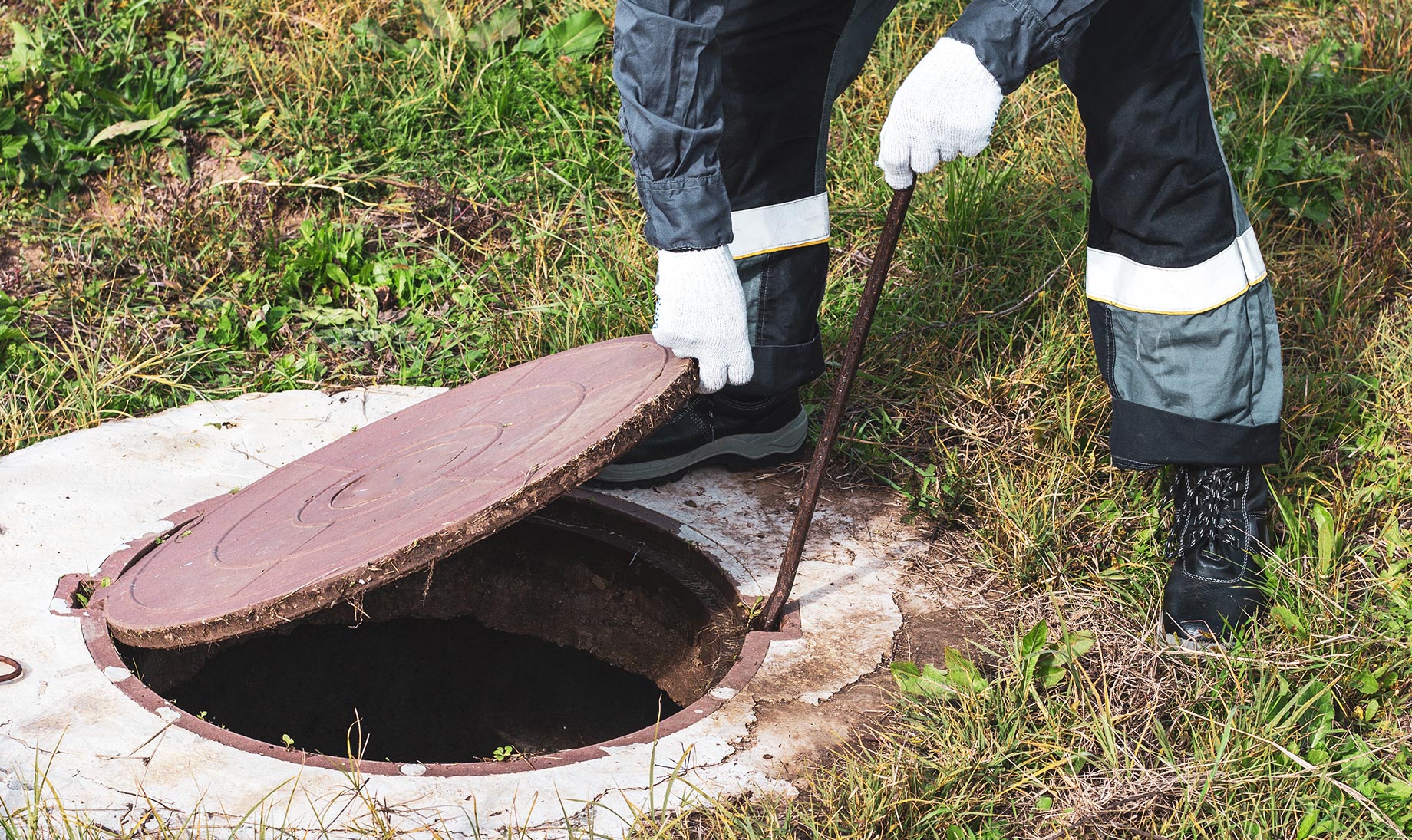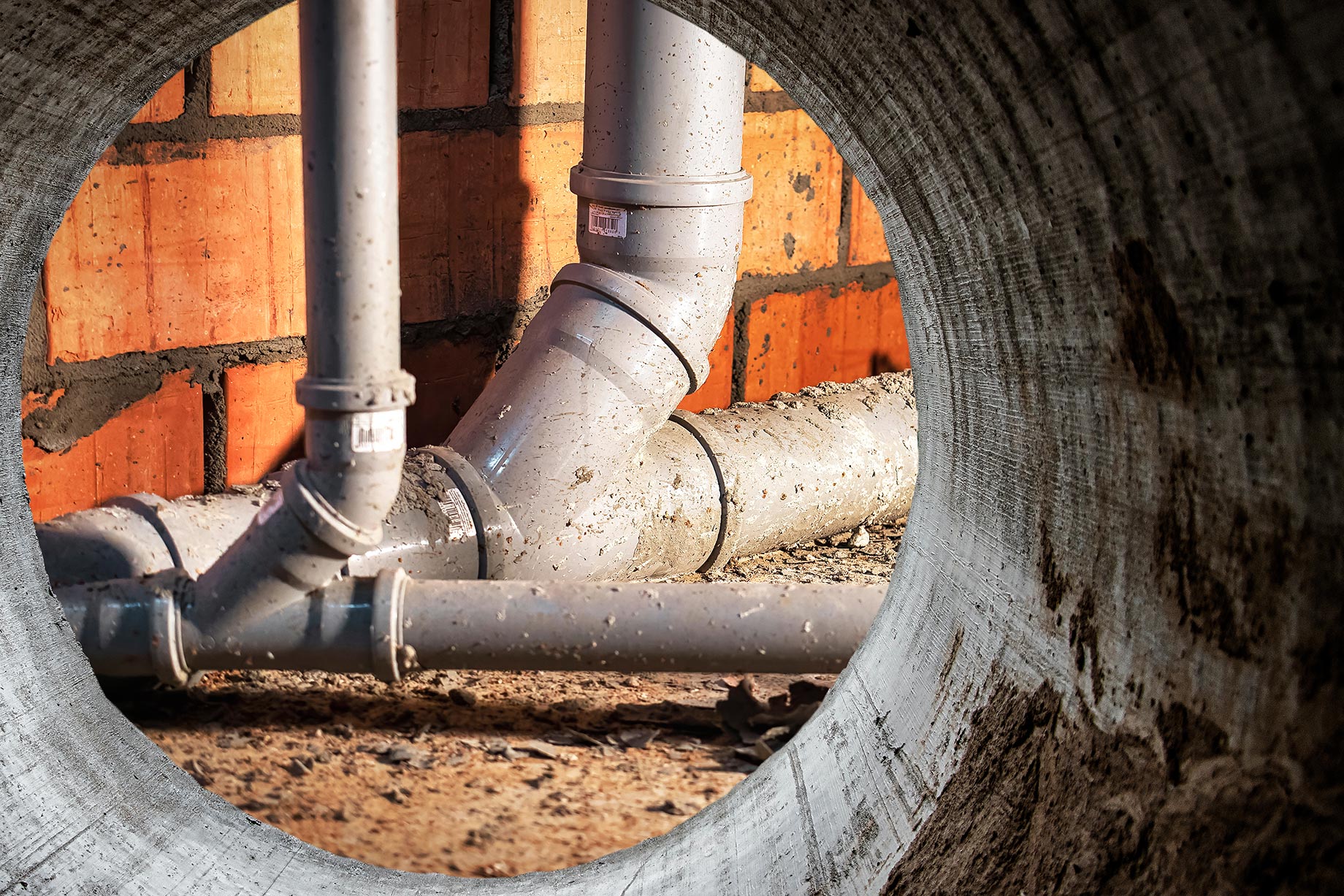
Your home’s sewer line does a lot of heavy lifting behind the scenes. But because it’s buried underground, it often gets overlooked. Sewer issues mean property damage, expensive repairs, and health risks.
Sewer line inspections used to involve a lot of guesswork and digging. That’s changed. Modern inspection methods give you a clearer picture without tearing up your yard. Here’s how the process works and why it matters.
How Modern Sewer Line Inspections Work

If you’ve only known inspections as messy jobs, it’s time to see how much the process has changed.
Advanced Technologies Used
Closed-circuit television (CCTV) cameras have transformed sewer line inspections. A technician inserts the camera through an access point, capturing real-time, high-definition footage as it moves through the pipe. Every crack, blockage, or tree root becomes easy to spot. Many homeowners book a sewer camera inspection Huntington Beach or other local area plumbers provide to get this detailed footage.
In areas where visibility drops—maybe due to standing water or collapsed sections—sonar steps in. Sonar technology bounces sound waves through the pipe and reads the return signal to create an internal image. This helps inspectors find clogs, measure sediment buildup, or pinpoint a crushed area without relying only on sight.
Then there’s laser profiling. This method uses rotating lasers to scan the interior of the pipe. It creates a 3D digital map that reveals corrosion, sagging, or deformed pipe sections. It’s handy if you’re planning repairs or replacements, because it shows exactly what shape the pipe is in.
Real-Time Monitoring and Reporting
During a sewer inspection, technicians collect images, sound data, measurements, and flow rates. This data is then processed using smart software, often with AI support. You’ll get a detailed report in minutes with issues, causes, and repair suggestions to help you make an informed decision.
What’s more helpful is how accessible this information is. You don’t have to wait for a printed report or meet someone in person. Many companies have sites to view videos, maps, and past inspection records.
Eco-Friendly Practices
Older methods often involved digging up driveways or ripping through flowerbeds. Modern inspections rely on noninvasive techniques, which means your landscaping stays intact. Access is usually through a cleanout pipe, so heavy machinery is unnecessary unless repairs are needed.
If the inspection shows damage that needs fixing, many companies now use trenchless methods. These repair techniques involve lining the inside of the pipe or replacing it with minimal surface disruption. These methods often use tougher, eco-friendly materials than older options. They also last longer, which means fewer repairs in the future.
Why Homeowners Need Modern Sewer Line Inspections
You might not think much about what’s underground—until something goes wrong. Here’s why staying ahead matters more than you’d expect.
Preventative Maintenance
Tiny issues can quickly turn into major repairs. Regular sewer line inspections help catch problems early. Maybe a tree root has started to work its way in, or a pipe is beginning to corrode. Fixing those early on costs less than dealing with a full collapse or backup.
A clean inspection report adds value if you plan to sell your home. Buyers don’t want surprises. Being able to show proof of regular maintenance helps build trust and confidence. It also gives you leverage when negotiating.
Compliance with Local Regulations
Many cities and counties now require sewer line inspections when selling a home or pulling permits for major plumbing work. Staying up to date helps you avoid fines and delays. In some places, a failed inspection can put a property sale on hold until repairs are completed.
Insurance companies are also paying attention. Some offer discounts or favorable terms if you’ve documented regular sewer maintenance. It shows you’re not a high-risk property. If something goes wrong, a clean history may help your claim process go smoother.
Health and Safety Concerns
A cracked sewer line isn’t just a plumbing issue. It’s a health risk. Sewer overflow can contaminate your yard and seep into your water supply if left unchecked. That’s not something you want to find out after someone in the house gets sick.
Leaks also attract pests. Rats, roaches, and insects are drawn to moisture and organic waste. If your sewer pipes have cracks or leaks, they’ll find a way in. Sewer smells are another red flag that’s easy to avoid with regular inspections. You’ll breathe easier—literally—when your system’s working like it should.
Peace of Mind
Knowing what’s going on underground has a different kind of value. Sewer line problems rarely come with much warning, and regular inspections allow you to fix things on your schedule.
It’s the difference between a small weekend project and an emergency that ruins your floors. You’re staying ahead of issues before they occur. That’s less stress, fewer surprises, and more confidence in your home’s condition.
Conclusion
Sewer line inspections have come a long way. You no longer need to dig blindly or wait for an expensive disaster to strike. With today’s technology, routine inspections are faster, accurate, and less disruptive than older methods.
You’re not just avoiding repairs. You’re protecting your home’s value, health, and safety. If it’s been forever since your last sewer inspection, it’s time to make the call. It’s a smart move that protects your investment and gives you peace of mind for years.